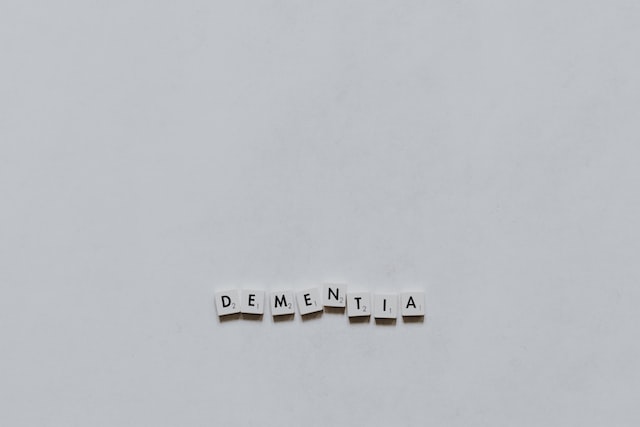When healthy tissue absorbs radioactive iodine, the radioactive particles emitted can cause damage to the cells by inducing radiation effects such as DNA damage, oxidative stress, and cell death. Radioactive iodine, particularly iodine-131, emits beta particles and gamma rays that can penetrate cells and tissues, leading to mutations or destruction of the cells that absorb it.
Radioactive iodine is primarily used in medical treatments targeting thyroid tissue because the thyroid naturally absorbs iodine to produce thyroid hormones. When radioactive iodine is absorbed by thyroid cells, it causes localized radiation damage that can destroy overactive or cancerous thyroid tissue. However, if healthy non-thyroid tissues or healthy thyroid tissue absorb radioactive iodine, they can also be harmed by the radiation.
The extent and nature of the damage depend on several factors:
– **Dose and duration of exposure:** Higher doses of radioactive iodine cause more extensive cell death, while lower doses may cause mutations or sub-lethal damage that can increase cancer risk over time.
– **Type of tissue absorbing the iodine:** Thyroid tissue is specialized to uptake iodine via the sodium-iodide symporter (NIS), so it concentrates radioactive iodine more than most other tissues. However, some other tissues may absorb small amounts, leading to unintended radiation exposure.
– **Cellular sensitivity to radiation:** Some healthy tissues are more sensitive to radiation-induced damage, which can lead to inflammation, fibrosis, or secondary cancers.
In healthy thyroid tissue, absorption of radioactive iodine leads to targeted cell death, which is the basis for treating conditions like hyperthyroidism or thyroid cancer. This destruction reduces thyroid hormone production and can normalize thyroid function. However, excessive destruction of healthy thyroid tissue can cause hypothyroidism, requiring lifelong hormone replacement.
In non-thyroid healthy tissues that absorb radioactive iodine, the radiation can cause oxidative stress through reactive oxygen species (ROS), leading to DNA damage and potential mutations. Over time, this can increase the risk of secondary malignancies such as leukemia, especially with repeated or high cumulative doses of radioactive iodine therapy.
The body’s response to radioactive iodine in healthy tissue involves:
– **Cell death (apoptosis or necrosis):** Radiation damages DNA and cellular structures, triggering programmed cell death or uncontrolled cell death.
– **Inflammation and repair mechanisms:** Damaged tissues may undergo inflammation, and the body attempts to repair DNA and cellular damage, but incomplete repair can lead to mutations.
– **Potential long-term effects:** Chronic oxidative stress and DNA damage can contribute to carcinogenesis or fibrosis in affected tissues.
In medical practice, radioactive iodine therapy is carefully dosed to maximize uptake by diseased thyroid tissue while minimizing exposure to healthy tissues. Despite this, some healthy tissue inevitably absorbs radioactive iodine, which is why monitoring for side effects such as hypothyroidism or secondary cancers is important.
In summary, when healthy tissue absorbs radioactive iodine, it undergoes radiation-induced damage that can kill cells or cause mutations. In the thyroid, this effect is harnessed therapeutically to treat disease, but in other tissues or with excessive exposure, it can lead to harmful side effects including tissue damage and increased cancer risk.





